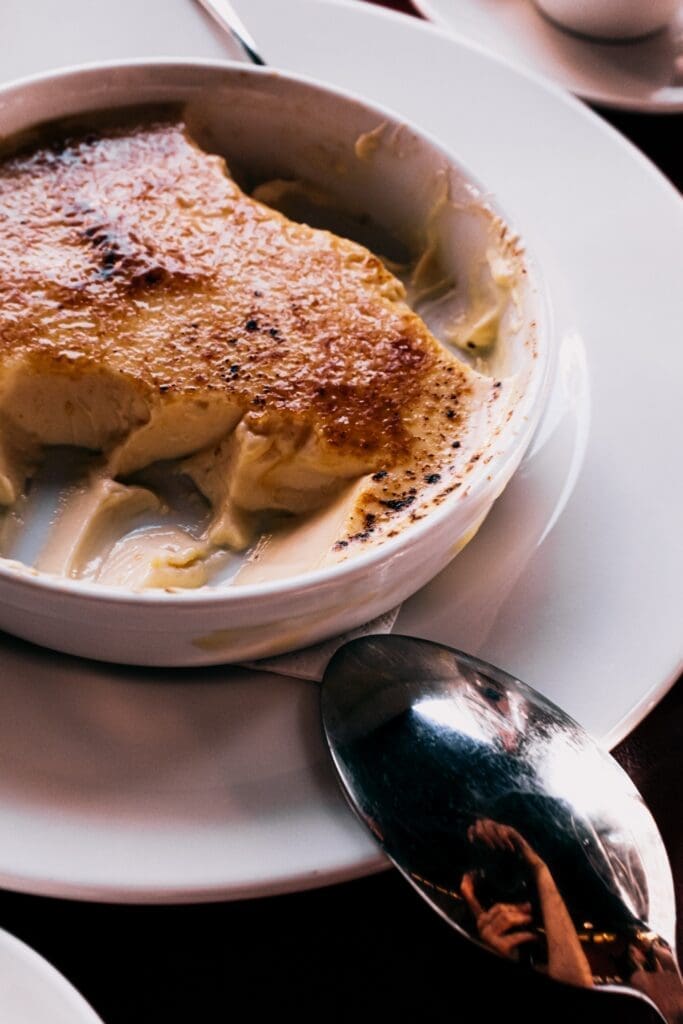Tea leaves can act as a wonderful flavour agent in recipes, imparting different levels of flavour depending on how it’s used.
Home / Tips & How To’s /
The flavour of a tea can be infused into baking or desserts; tea leaves can impart flavour to poaching liquids; and, you can even use tea leaves as a part of a rub for meat or in marinades.
Here are a few specific ways you can use tea to up your game in the kitchen!
Infusing tea in baking or desserts
Next time you make panna cotta or creme brûlée, try infusing a tea flavour into the custard mixture. This involves using tea bags or loose leaf tea to infuse the cream mixture at the beginning of the recipe. Popular tea flavours include: earl grey, chai, chamomile and lavender.
If you’re attempting to flavour a baked good with tea, try infusing the butter with the tea flavour by melting the butter and steeping the tea in it for a few minutes before using in the recipe. Alternatively you could brew a cup of tea with a strong flavour or colour like hibiscus and then use it to flavour and colour the icing or glaze for your baked good.

Poaching liquid
A poaching liquid made with a lemongrass or green tea along with other flavour enhancing ingredients such as garlic, ginger or scallions is the perfect vessel for fish or chicken. The tea doesn’t impart too strong of a flavour but adds to the depth of flavour as the fish or chicken is cooked in the poaching liquid.
Meat rub or marinades
Try using tea leaves right from a tea bag to make a rub or marinade as those leaves will be finer in texture. A simple black tea would work well when mixed with other spices like paprika, chili powder, cumin and garlic for ribs. Or, try a smoky tea like Lapsang Souchong mixed with cayenne pepper, garlic and chili powder on a flank steak.
There are so many ways to experiment with using tea in your cooking or baking; it’s a great way to get creative!
Want to keep up with new recipes, specials and in-store events? Sign-up to our newsletter.